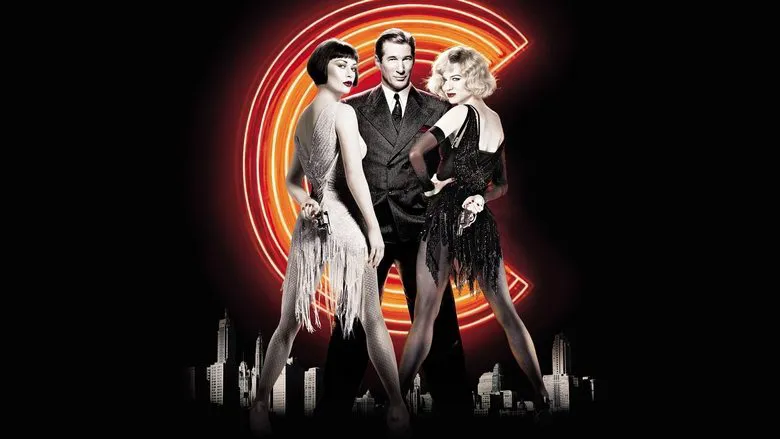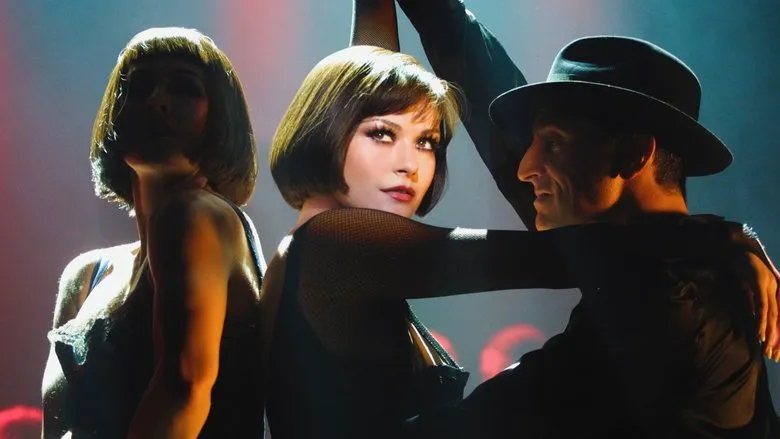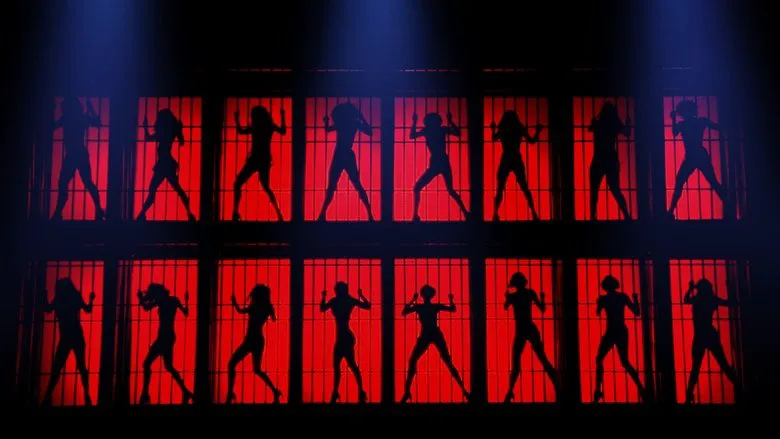A Glimpse of Joy in a World of Few
In a world often lacking in joy, the place where it once thrived may no longer exist. Time has passed, leaving us to appreciate the distributors who bring us what we lack: “Chicago.” Even its original creator, Bob Fosse, is no longer with us. Therefore, we must also acknowledge his successor, Rob Marshall, for allowing us to catch the last train of joy and experience it without consequence.

However, “Chicago” isn’t particularly striking upon first viewing. For two hours, you might find yourself waiting for Renée Zellweger and Catherine Zeta-Jones to finally sing and dance together. The music, drama, and humor are all decent, but not exceptional. It aligns with Vygotsky’s theory: the plot focuses on one thing, while the real interest lies elsewhere. The storyline presents a multitude of clichés: one woman kills out of jealousy (Zeta-Jones), another out of resentment (Zellweger), and a new man (Richard Gere) appears as a beacon of hope. Both women vie for his attention, wondering who he will choose, but he toys with them, never making a decision.
Despite being set in 1929 Chicago, filled with intricate details of prison, family, and social life, and despite everyone singing, including the supporting characters, you still find yourself waiting. Since Zeta-Jones and Zellweger appear in sync at the beginning, with the latter envying the former, you expect them to perform together at the end. This is where we can compare the blonde to the brunette, the petite to the statuesque, the slender to the shapely, and finally understand why we aren’t chosen. Ultimately, these expectations are met.

“Chicago” as a Virtual Reality
As the film ends, you realize that the dances and occasional moments of excitement (the prison tango, the hanging, Gere’s tap dance) were just a facade. Rob Marshall didn’t simply quote classic Hollywood musicals from “The Broadway Melody of 1934” to “Gentlemen Prefer Blondes.” He created “Chicago” for a new generation, influenced by “The Matrix” and “The Lord of the Rings.” This generation seeks stylish, believable virtual experiences, and the conditional, theatrical “Chicago” is, in essence, just that.
Yes, much of the film takes place on stage. Yes, the “retro” style is deliberately studio-bound. Yes, everyone suddenly bursts into song, which is not how life works. However, this is how things happen in our imagination, in our thoughts, which are not so much conditional as abstract. When you think a thought, the background might be black, or you might hear applause as if from an audience. The more focused you are, the more “studio-like,” glamorous, and pure the things you think about become. The songs and music resemble tirades that you mentally deliver without opposition, feeling almost like Cicero, so coherent everything is in your head. But for a thought to be present, to be tangible, there needs to be movement, associations, and contrasts. In “Chicago,” montage and camera work fulfill this function. Gere’s defense speech in court is so manipulative that it can only be compared to a tap dance, which is what it’s cut together with in a fast tempo. Zeta-Jones doesn’t want to lose, so she rushes straight at the camera from the complete darkness of the stage. The true plot of the film is revealed not through words and events, but through the camera’s reaction to them and through the editing.

The Authenticity of Imagination
It’s crucial to know that all the actors perform everything themselves, without doubles or post-dubbing. Computer graphics certainly helped, but only after Zellweger, her on-screen husband John C. Reilly, Queen Latifah, and Lucy Liu sang themselves. This authenticity of performance is the main guarantee of the true plot’s believability. And that plot is that no matter how much anyone out-dances anyone else, it’s all just a game of imagination. Only in the imagination does choice, victory, and defeat exist.
Imagination, however, is sharply limited by the two-hour runtime. The merit of Richard Gere, Catherine Zeta-Jones, Renée Zellweger, and Rob Marshall lies in making that boundary as sharp as possible at this moment.